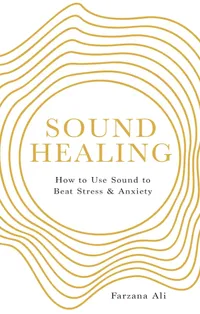Everything you need to know about sound healing, from chanting and drumming to Tibetan singing bowls
The captivating practice is rooted in ancient civilisations
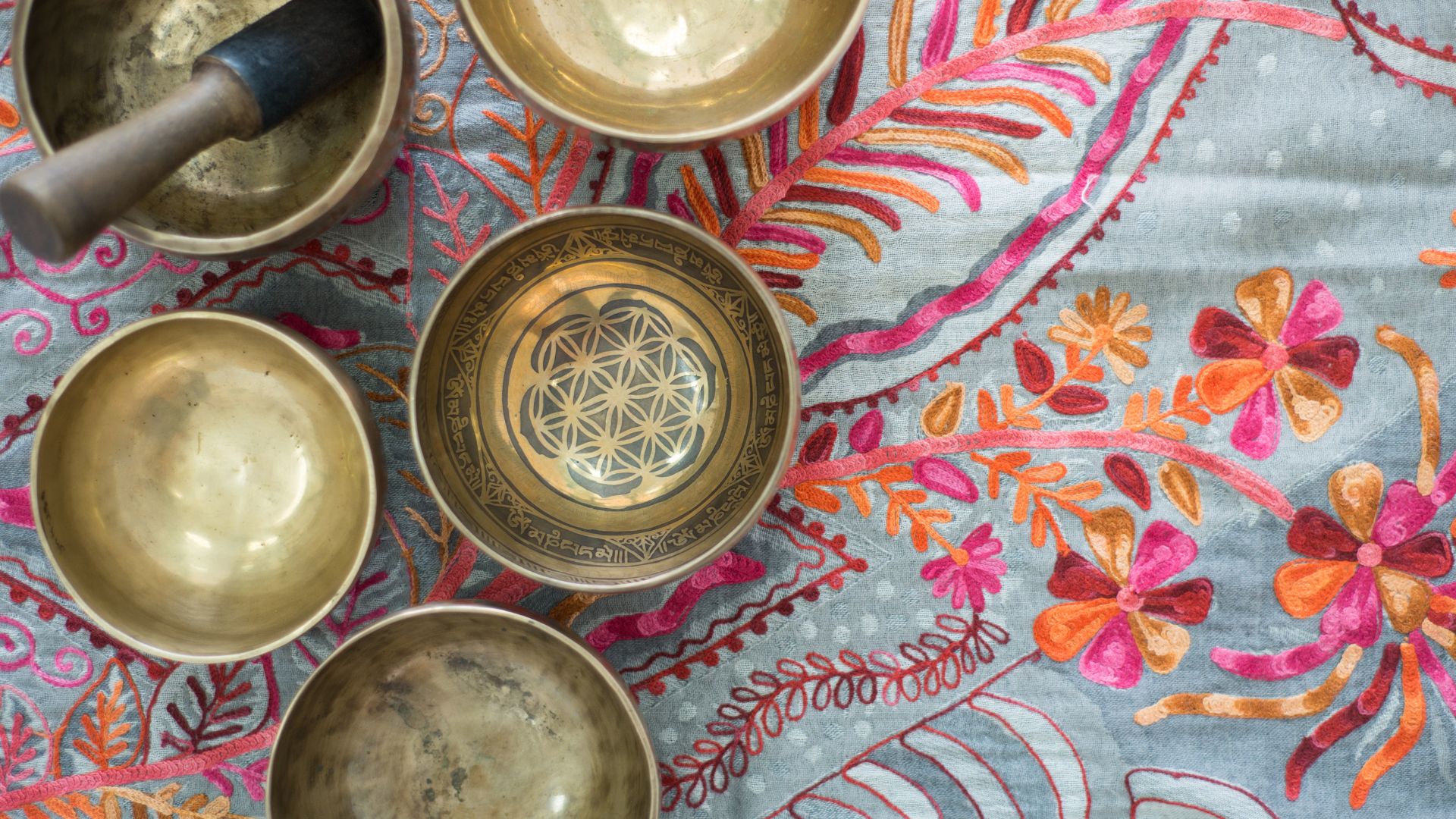

While the emergence of sound healing sessions in the Western world has boomed in popularity over the past five years, there’s nothing new or novel about using sound to soothe and heal.
Incantations, music, and chanting have been used in rites and rituals since the beginning of time, with roots in ancient civilisations. In Egypt, priests chanted in echoing temples, believing sacred tones could align the body with divine harmony. Meanwhile, in India, sages played the bansuri (a type of bamboo flute) and chanted Vedic mantras, using vibrations to stir the soul and calm the mind.
Both cultures saw sound not just as music, but as medicine - a mystical bridge between matter and spirit. From the Nile to the Ganges, and beyond, let’s take a look at everything there is to know about sound healing and how you can incorporate it into your life today, plus the fascinating science behind it.
Everything you need to know about sound healing
The origins of sound healing

It’s hard to pinpoint the exact origins of sound healing, since it seems to have evolved through many ancient cultures and civilisations, all of which were discovering how sounds, whether natural (the sound of the ocean, wind, or rain) or manmade (through instruments) could have a positive impact on the mind and body.
The Sound Healer (aka Farzana Ali), a London-based sound healing practitioner and author of the book Sound Healing: How to Use Sound to Beat Stress and Anxiety, says humans have, "evolved to respond to sound whether that’s therapeutically or anxiously" with nature being providing the earliest "healing sounds".
It's believed Egypt was one of the earliest cultures to use sound therapeutically in an organised, sacred way, and temples were often constructed with acoustics in mind, designed to amplify chants.
Sound Healing: How to Use Sound to Beat Stress and Anxiety by Farzana Ali, £12.99 | Amazon
Cutting through the noise, Farzana Ali digs deep into the science of sound healing to explain its full therapeutic and restful potential.
A tool for connection and altered states of consciousness
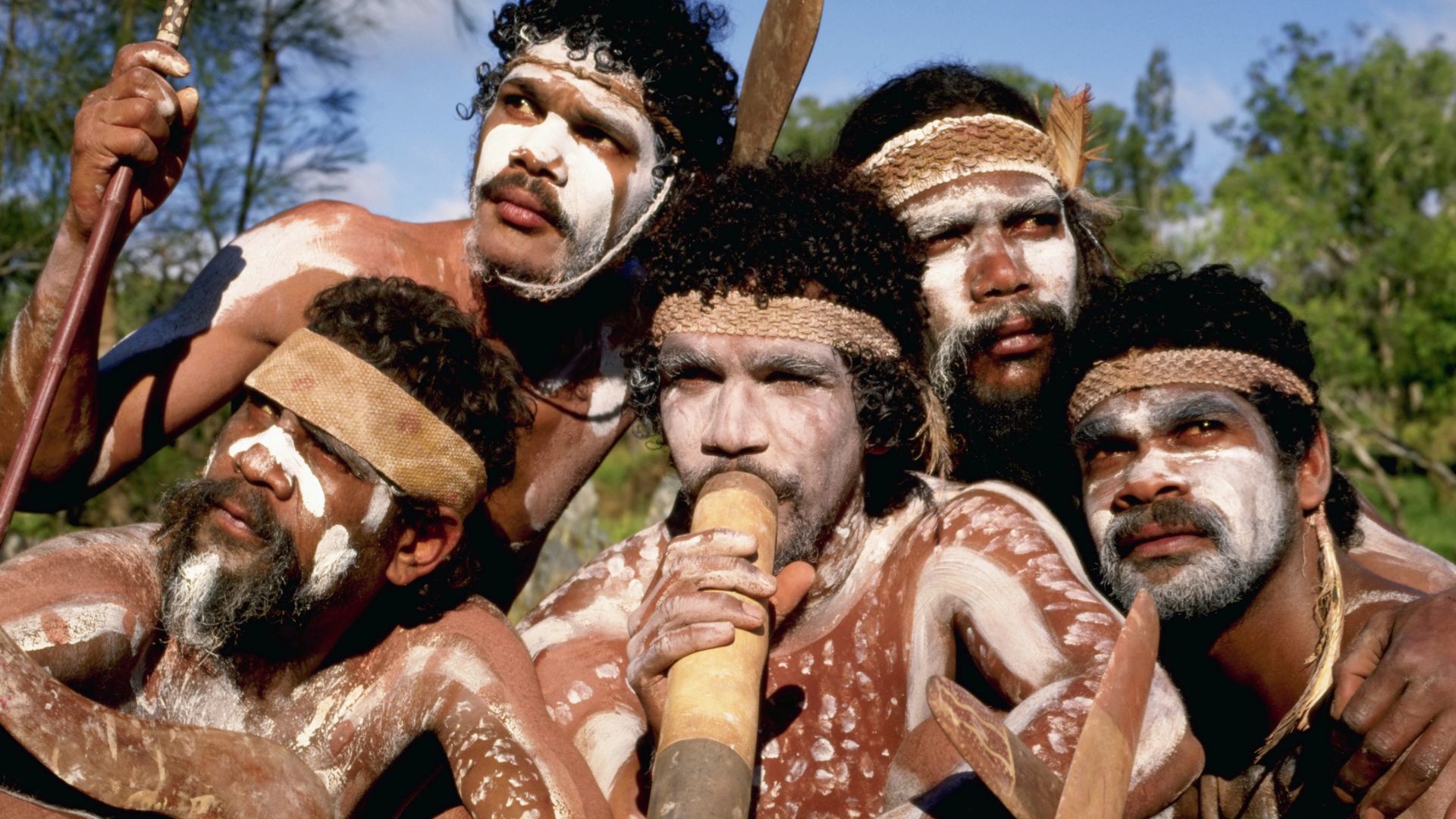
Some of the earliest roots of sound healing likely go back to prehistoric times. Indigenous peoples around the world (Australian Aboriginals with the didgeridoo (possibly over 40,000 years old), Native American drum and flute ceremonies, and shamanic chants from Siberia to the Amazon) used sound as a tool for healing, connection, and altered states of consciousness.
Sign up to our free daily email for the latest royal and entertainment news, interesting opinion, expert advice on styling and beauty trends, and no-nonsense guides to the health and wellness questions you want answered.
Everything in the universe is made of vibration
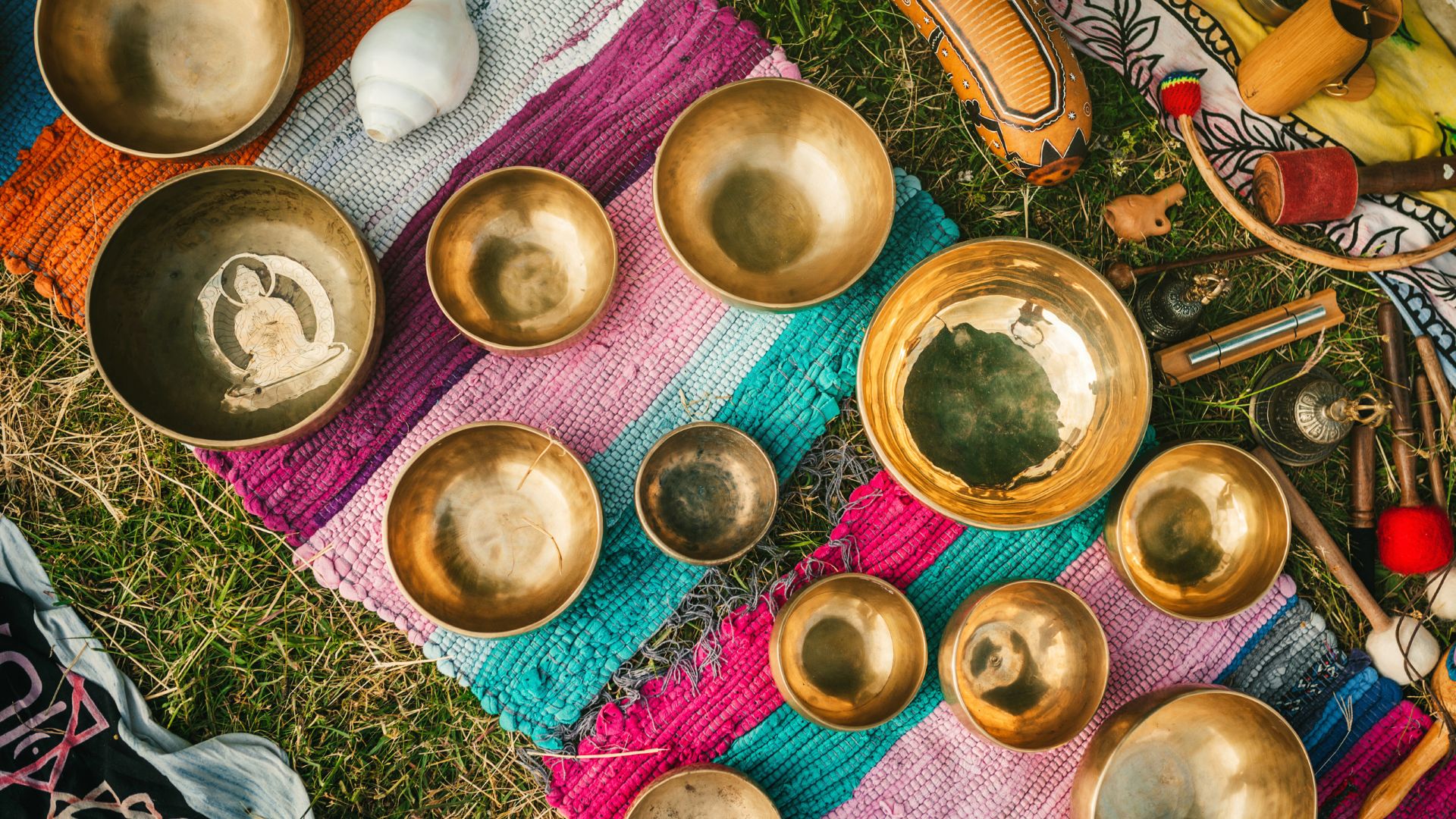
One of the oldest and most organised forms of sound healing comes from India. Thousands of years ago, people practiced Vedic chanting - rhythmic, repeated sounds that were believed to bring balance to the mind and body, since they rightly believed that everything in the universe is made of vibration. These ideas have had a big influence on many modern sound healing practices today.
Who can benefit from sound healing?

According to Farzana, anyone can benefit from sound healing, but especially those suffering from burnout, which is how she discovered the ancient practice, “it’s a great modality for those experiencing burnout or simply seeking more rest and relaxation in their lives, as it requires minimal effort. You just have to lie down and listen – and a practitioner like myself – does the hard work for you.”
She explains, “Sound can calm the nervous system and tell both the body and mind that you are safe. When we feel safe, it’s easier to tackle any feelings of stress and anxiety we might be experiencing.”
The bansuri

In India, ancient texts explained how certain mantras (sacred words) and ragas (musical patterns) could calm emotions, boost health, or even influence the body’s energy. Mimicking the rhythms of nature and the breath, the ancient Indian flute known as a bansuri (a side-blown bamboo flute that dates back thousands of years) is closely tied to the Hindu deity Lord Krishna and is still used to this day.
More than music

The Aboriginal use of sound as a spiritual and healing force is incredibly meaningful and is not just about music; it's more to do with the relationship with the land, spirit, and the unseen vibrations that bind everything together. This connection to nature and land is something that’s fast becoming eroded with modern life; there’s much to learn from slowing down and observing the natural world.
The didgeridoo

One of the Aboriginal communities' most iconic sound healing instruments is the didgeridoo. Traditionally made from hollowed-out eucalyptus branches, it’s used as both a musical and ceremonial instrument, producing a deep, resonant, vibrating tone. According to a study by the National Library of Medicine, the low-frequency sounds of the didgeridoo are thought to help synchronise brainwaves, slow the heart rate, and promote deep relaxation.
Tibetan singing bowls
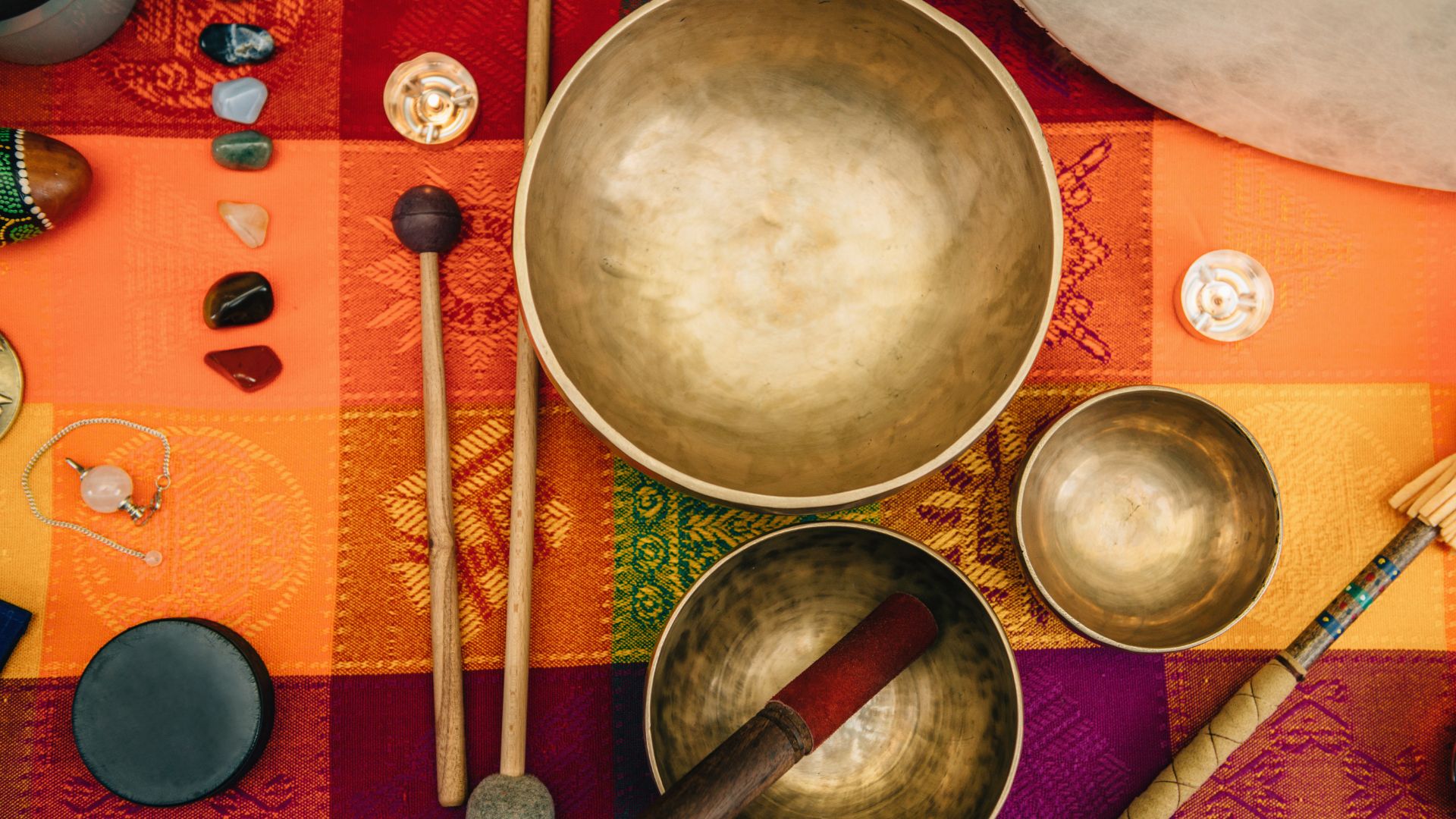
Elsewhere in the world, and perhaps most commonly associated with sound healing today, are Tibetan singing bowls, which are believed to have originated across the Himalayan region, including Nepal, Bhutan, and northern India around 2,000 years ago. In Buddhist traditions, singing bowls were used during prayer, chanting, and meditation to focus the mind and to help mark time. For Farzana, she loves the warmth that a Himalayan bowl can bring to a session, but she'll always advise her clients to "try out a variety of sound bath sessions to see which tools they resonate with the most".
The sound of emptiness

In Buddhist practice, especially Tibetan Buddhism, singing bowls have been used to support meditation, mindfulness, and spiritual awakening. The bowl’s sound is often associated with shunyata (the sound of emptiness), a core concept in Mahayana Buddhism. The sound, which begins clearly and gradually fades into silence, mirrors the impermanence of all things and the spacious, quiet nature of the awakened mind.
Seven metals
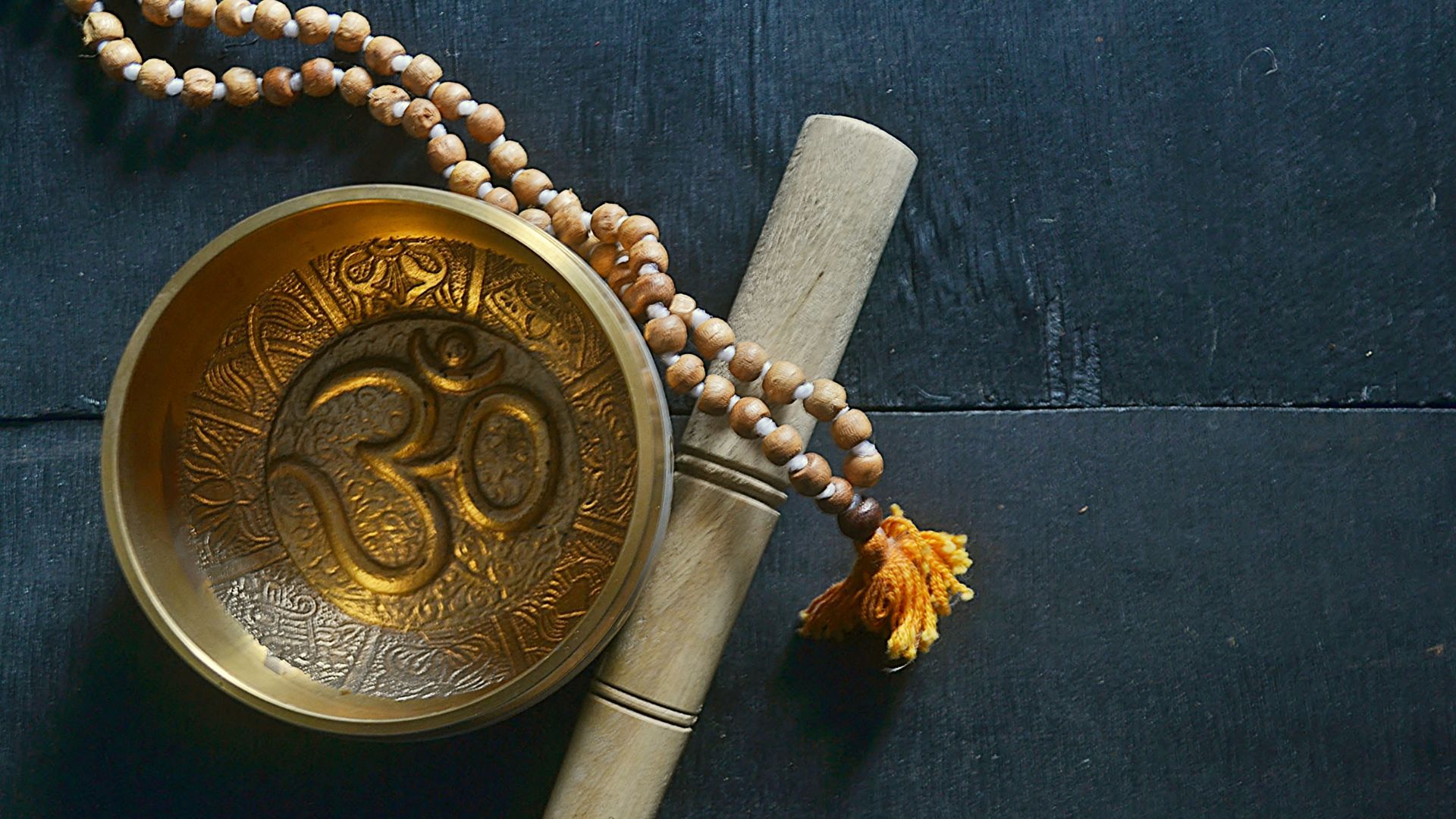
Traditionally, many Tibetan singing bowls are crafted from seven different metals, each associated with a celestial body or planet. The belief is that combining these metals gives the bowl not just durability and a unique sound but also a special energetic power. Gold is associated with the Sun, silver with the Moon, and copper with Venus. While iron, tin, mercury, and lead are associated with Mars, Jupiter, Mercury, and Saturn, respectively. Today, hand-hammered, seven-metal bowls are becoming rarer as cheap imitations flood the market.
Immersive soundscapes

In Bhutan, much like in Tibetan Buddhism, sound is considered a powerful vehicle for transformation, devotion, and communication with the divine. Monks use sound to awaken the mind, clear negative energy, and guide meditation and ritual timing. What’s more, Bhutan’s temples and monasteries, often perched on mountains or cliffs (like the famous Tiger’s Nest Monastery), are designed to resonate with sound. When monks chant or play instruments, the vibrations carry across valleys, creating incredible immersive soundscapes. Horns, drums, cymbals, and even conch shells are used in Bhutanese Buddhism.
The conch shell

The conch shell, known in Tibetan and Dzongkha (Bhutan’s national language) as dungkar, holds a special place in Buddhist ritual, especially in Bhutanese and Tibetan traditions. Often held in the left hand and blown like a trumpet, these conch shells can be heard being blown from hilltop monasteries in Bhutan, especially during early morning prayers or major religious festivals. The echoing call through the valleys creates an atmosphere of reverence and sacred attention, symbolising the voice of the Buddha.
The rebab

Sound healing isn't limited to overtly therapeutic settings like singing bowl meditations, though it’s also found in folk traditions, where music is used to heal and transmit memory. The rebab is one such instrument, originating in the Islamic world, before becoming popular in Northern Africa, the Horn of Africa, and parts of Asia through Islamic trade routes. As one of the oldest known bowed instruments, it usually has one to three strings, a small drum-like body, and is played with a bow.
Impact on the mind

The science behind sound healing is still unfolding, but what’s certain is that sound healing can have a powerful impact on the brain, influencing both its structure (neurobiology) and function (mental states). Rhythmic patterns, like drumming, chanting, or singing bowls, can actually guide the brain into different states, like how meditation music works to calm the mind.
Soothing sounds

Soothing sounds, especially low, harmonious vibrations, can activate the parasympathetic nervous system, which amazingly can help reduce cortisol (stress hormone) levels, slow the heart rate, and enhance feelings of security and safety. Similarly, heavy or aggressive sounds can have the opposite effect; it’s why you might feel anxious or overstimulated in places playing loud music, clubs, or bars.
Emotional regulation
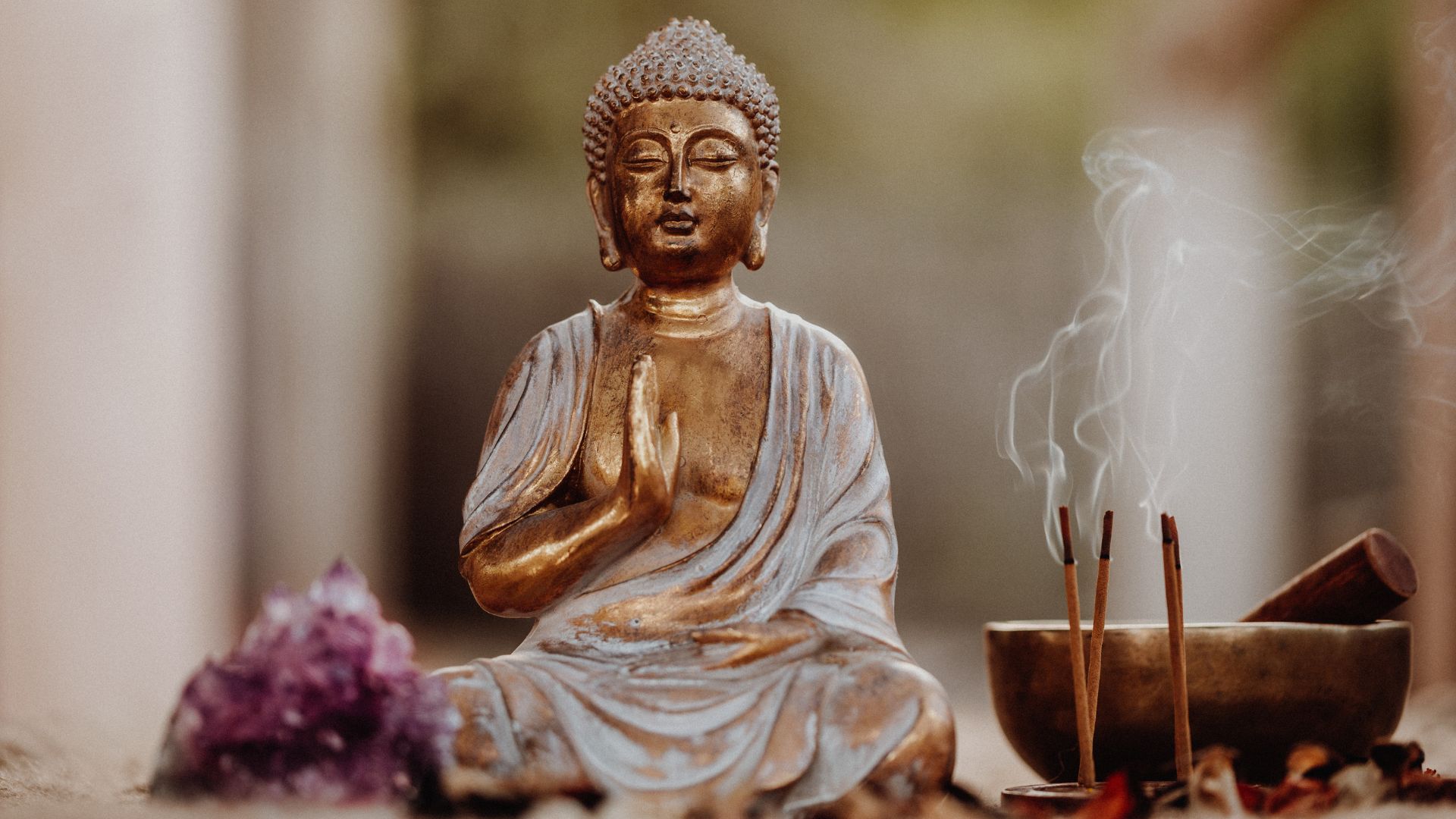
Some sounds can even stimulate parts of the brain’s limbic system, those involved in memory or emotions, such as the hippocampus (memory and emotional context), and the prefrontal cortex (emotional regulation and decision-making). This is why sound healing can lead to such deep feelings, mental breakthroughs, and complete relaxation.
Dopamine hit

Calming or rhythmic sounds can even trigger the release of the pleasure chemical dopamine, along with oxytocin and mood-boosting serotonin, creating an almost natural hit of antidepressant. According to a study by The National Library of Medicine, “Music therapy has been shown to provide considerable benefits in stabilising vital signs, promoting brain maturation, enhancing sleep quality, alleviating symptoms of mood disorders, and managing neurological diseases.”
Rhythmic drumming

Highly patterned and repetitive drumming, in healing rituals like the Kohomba Kankariya in Sri Lanka, see drummers use double-headed drums like the gata bera and yak bera, accompanied by dancing and chanting. This type of repetitive drumming can induce trance-like states, often used in healing and spiritual connection.
Trance-inducing

The most hypnotic type of drumming tends to share a few key qualities: steady repetition, deep tones, and trance-inducing rhythm, often around four to eight beats per second, which aligns with theta brainwaves (the state associated with deep meditation, dreaming, and trance). This can be witnessed at Sri Lankan Yak Bera drumming, Moroccan Gnawa Trance drumming, and Shamanic drumming in Mongolia and native North America.
Instruments of the desert
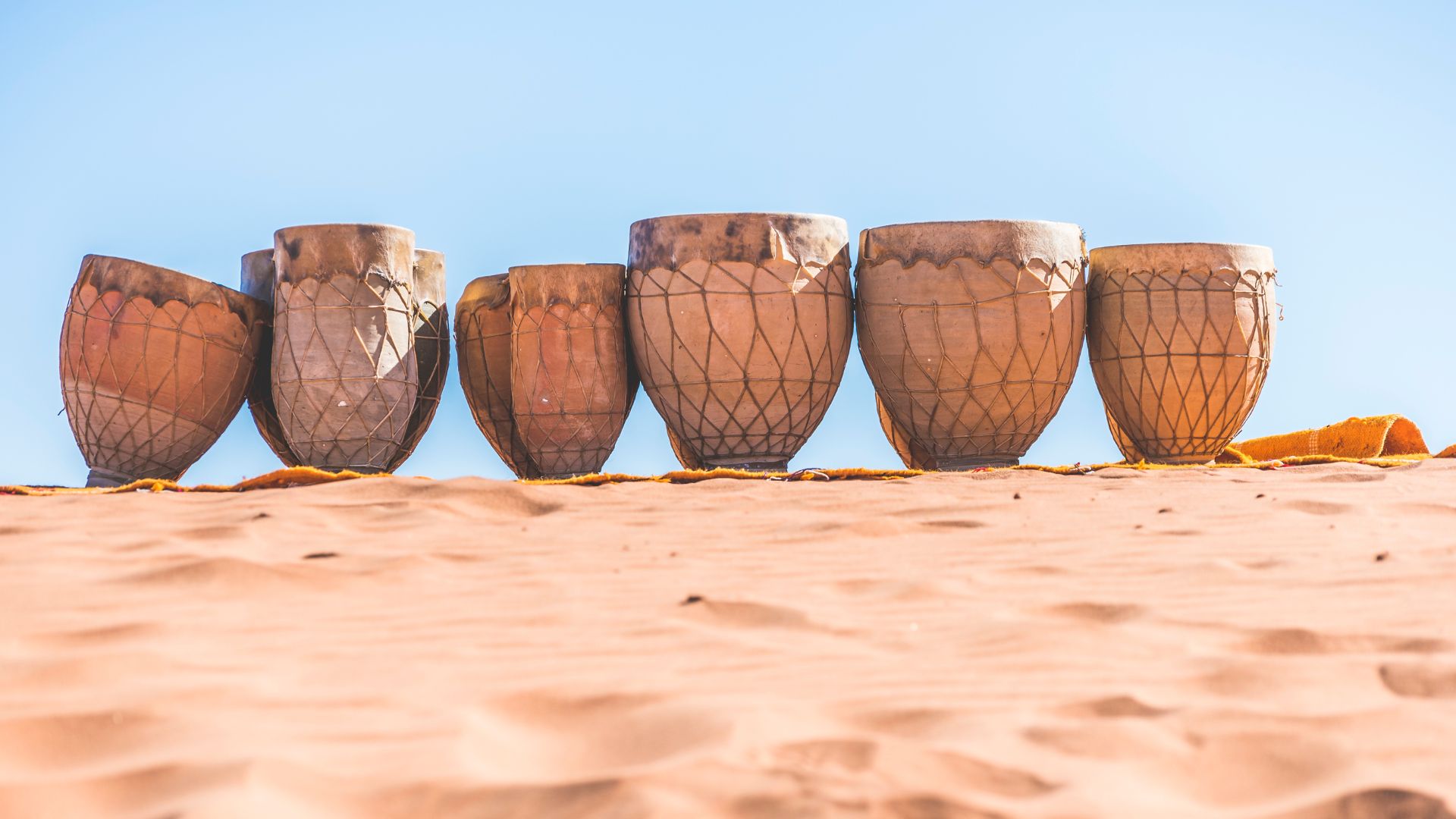
Berber drumming in Morocco’s deserts is a mesmerising and deeply rooted musical tradition that blends community, spirituality, and storytelling. Using a bendir, a type of frame drum, often covered with goat skin, and played with the hands, the drum produces a deep sound that’s known to help people enter meditative or altered states.
Somatic healing

It’s also possible to use all kinds of sounds and vibrations to help the body tune into itself, release tension, and restore balance, not just by listening with the ears, but by feeling the sound throughout the whole body. This is known as Somatic healing. Since sound is a vibration travelling through the air, when it reaches us, it also travels through our bodies. Interestingly, these vibrations can stimulate cells, tissues, and muscles, gently encouraging them to loosen up and relax.
Grounding sounds
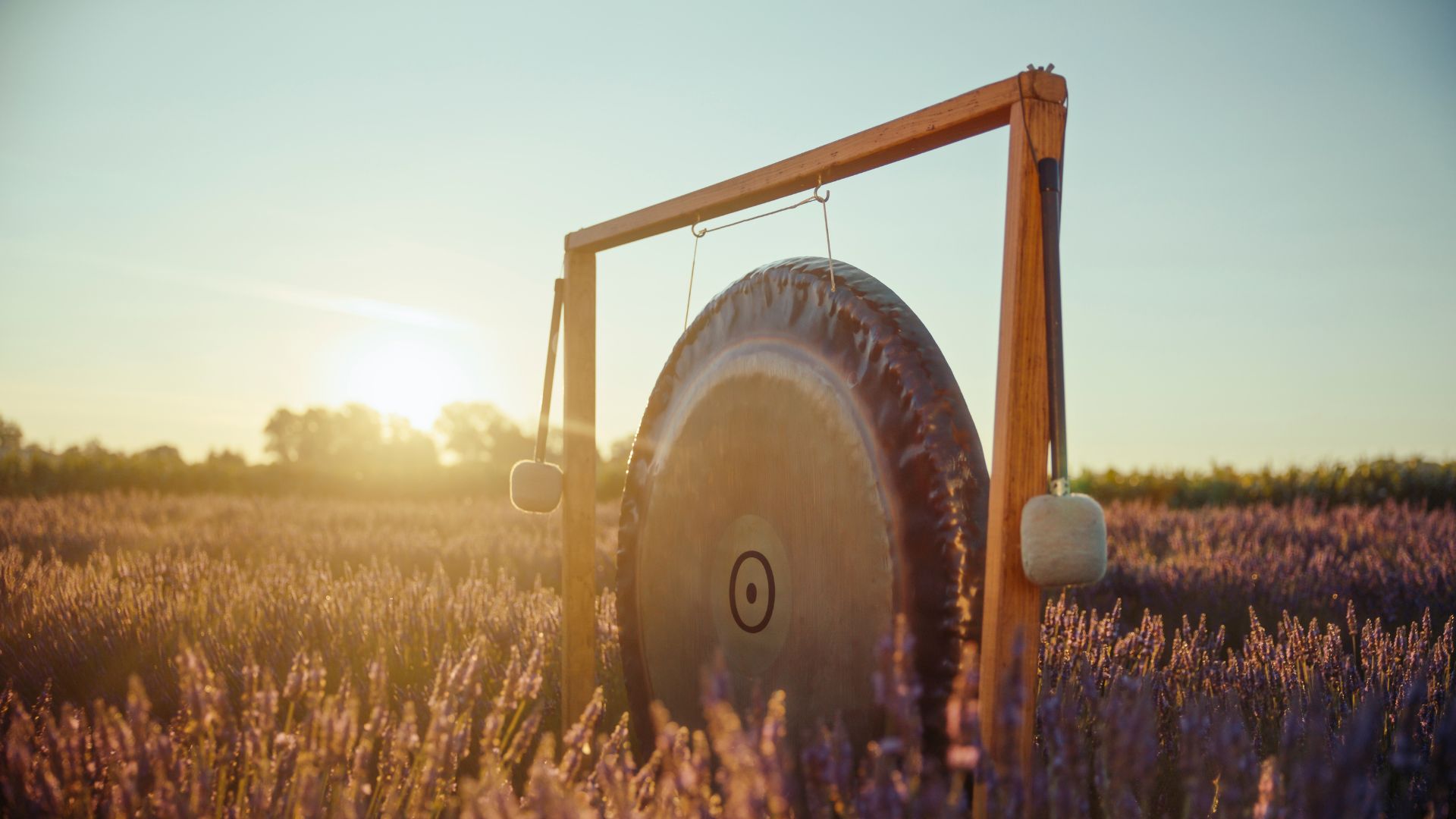
Deep and low sounds, like drums, gongs, or singing bowls, create vibrations that you can actually feel within your chest, especially when experiencing a dedicated soundbath that uses colossal gongs. This physical sensation can help ground and soothe the nervous system. Since the body often holds stress as tightness or stiffness, when sounds vibrate through it, they can release these “knots” or emotional blocks.
Flighty sounds

Bells and chimes operate on a different frequency that can help to clear the mind, providing clarity to mental anguish. Because emotions are stored in the body, sound vibrations can help free these trapped feelings, allowing them to be expressed naturally. This can lead to crying, laughing, shaking, or just a deep sigh as the body lets go.
The tinkling of bells
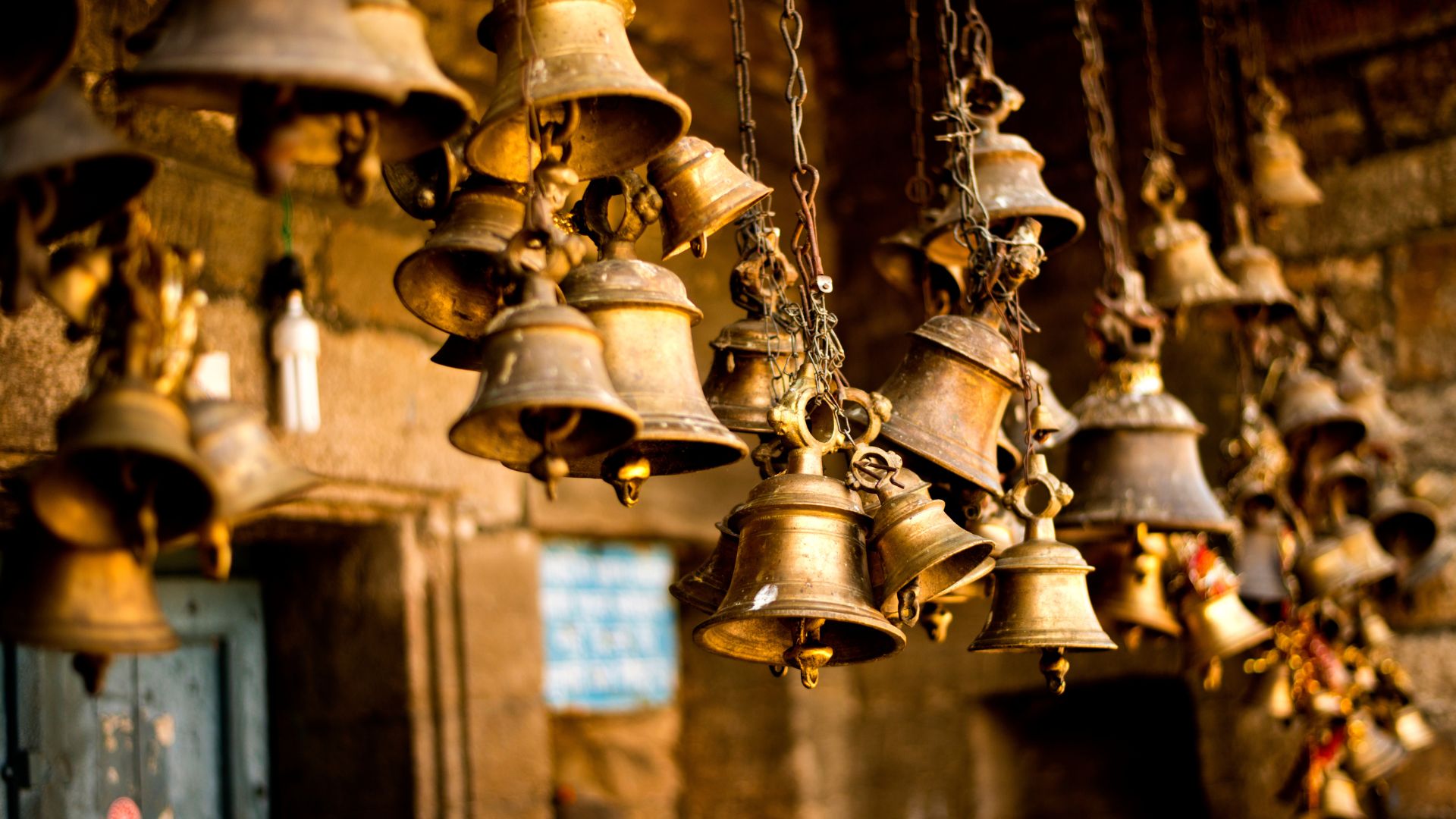
Bells are one of the most ancient and widespread tools in sound healing, used across the world and revered for their ability to calm the mind. Used in Buddhist temples throughout Japan, bells are used to mark time, honour the dead, and awaken consciousness, but they’re also seen as the voice of the Buddha, calling listeners to the present. In Hindu rituals, temple bells are rung at the start of a puja (ritual offering). The sound is said to invite deities, dispel negativity, and focus the mind for worship.
Temple and church bells

In Christianity, church bells have been used for centuries to call people to prayer or mark sacred moments. The deep echoes of these types of bells are believed to help bless the surrounding space, much like their use in temples, too. The bell’s resonance slows brainwaves from beta (thinking) into alpha and theta (relaxed, meditative) states, while the physical waves from a large church or temple bell can be felt in the body, promoting relaxation in the muscles and nervous system.
A new wave of sound healing tools
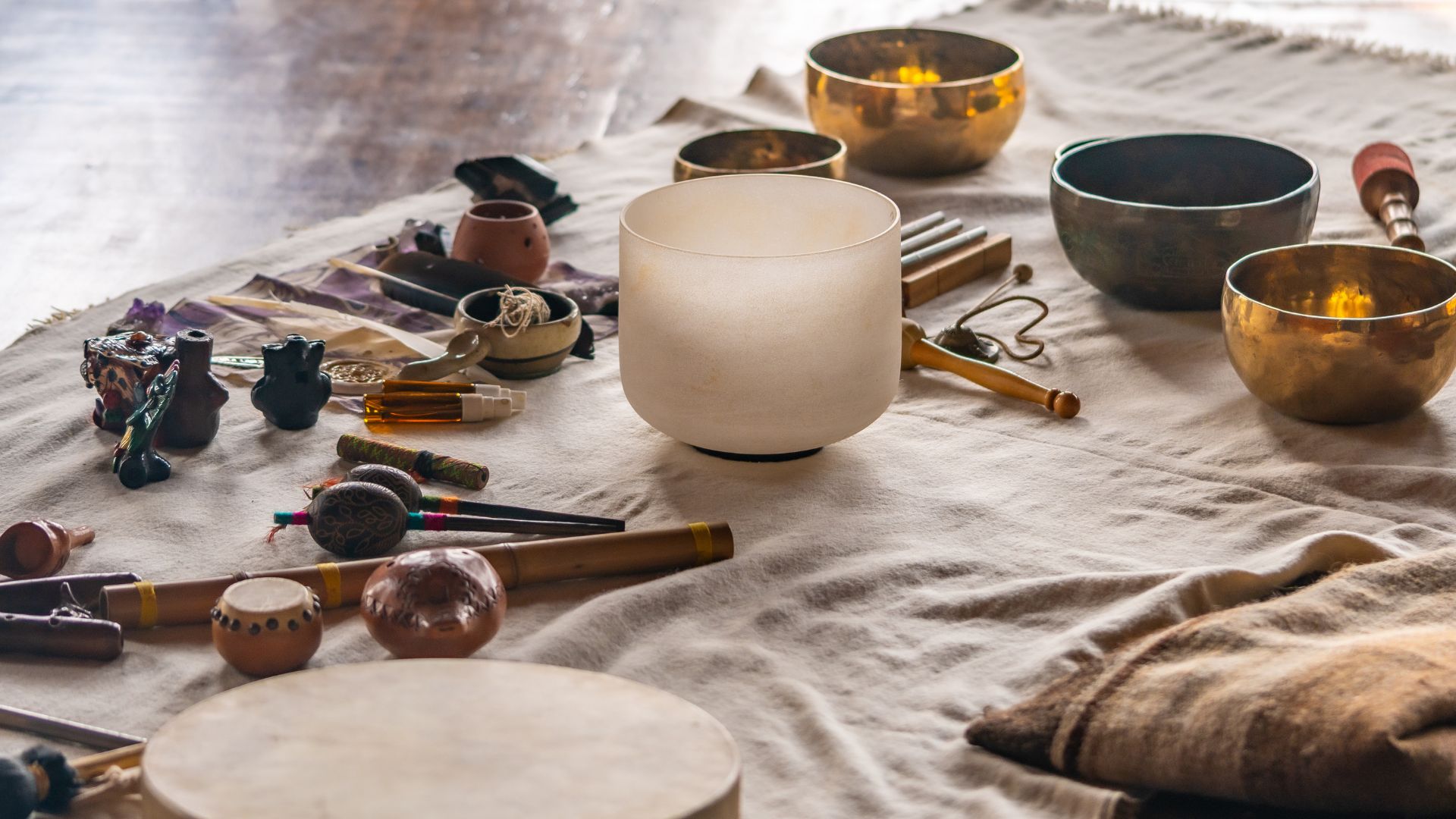
In the past decade, crystal singing bowls have become hugely popular due to their smooth and captivating appearance as communal sound healing sessions (sound baths) rise in popularity. Typically made from pure quartz crystal, they come in an array of colours and can be clear or frosted. When played (by circling the rim with a mallet), they produce long, pure tones.
Metal bows vs crystal bowls
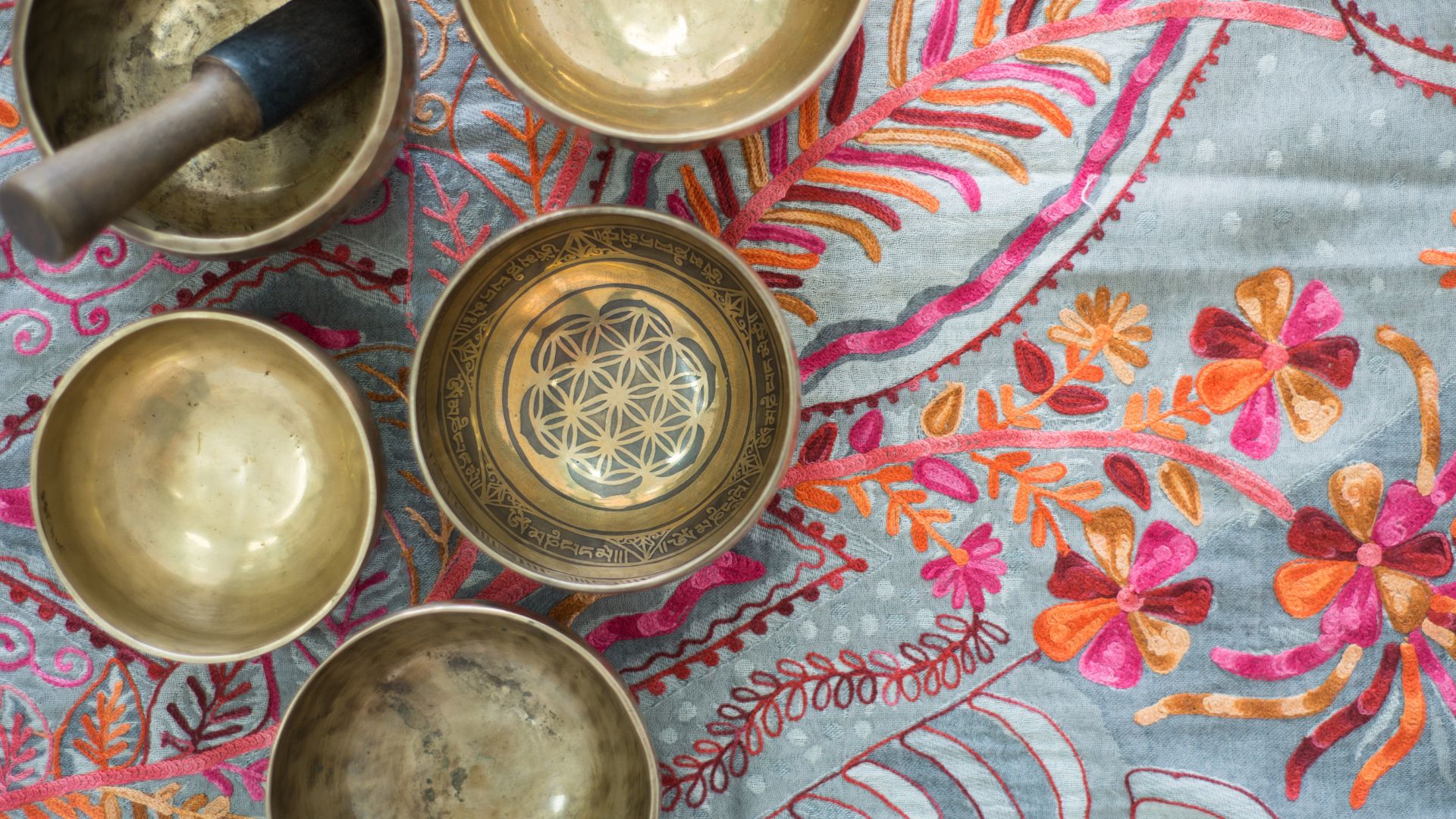
The differences between the traditional metal bowls that have been used for 1000s of years, and the newer crystal bowls are numerous. While crystal bowls only arrived in the 1980s, metal bowls are truly ancient, rooted in Tibetan, Indian, and Nepalese culture. They provide a layered, rich tone as opposed to the crystal's pure yet intense vibrations.
The chakra-sound connection

The connection between chakras and sound healing is deeply rooted in the idea that vibration is the essence of life and that specific sounds can balance, activate, or unblock the body’s energy centres. For example, the flute, or bansuri, one of the oldest instruments, is said to help stimulate or unblock the heart chakra.
Natural sounds

But it’s not only tools that work with sound healing. The natural world has blessed us with an array of incredibly soothing and healing sounds, from melodic birdsong and the dramatic crash of waves to electrifying cracks of lightning that illuminate the night’s sky. Elemental and primal, lightning can affect us on many levels, since it supercharges the air with negative ions, which can in turn boost serotonin and increase oxygen flow to the brain.
Pink noise

The same is true with the gentle, rhythmic, and soothing sound of rain, which is often labelled pink noise for its ability to slow brainwaves to a more relaxed alpha or theta state. Incredibly calming to the human brain, the sound of rain is used in sleep therapy and meditation soundtracks.
Bird song

According to Farzana, sound healing can even be as simple as simply listening to birds, "bird song, for instance, would have told our ancestors that no predators are around and that our surroundings are safe and we don’t need to be on high alert – and that’s exactly why listening to birds even today still helps you feel better immediately."
The crash of water

Water is another natural element that can uplift or soothe the mind, with immersive, emotionally powerful natural scenes, like the dramatic waterfalls of South America, being able to provoke pure joy in their presence. Similarly, the trickle of a stream or a babbling brook offers cognitive restoration and relaxation.

Lydia is a nomadic travel writer and solo travel expert with two decades of journalistic experience (including a nine-year stint as a fashion and beauty editor and five as a lifestyle director).
An intrepid explorer now based in Sri Lanka, she writes about her travels for The Sunday Times, Condé Nast Traveller, ELLE, Marie Claire US, The London Standard, Service 95, Harper's Bazaar, The Guardian, BBC Travel, and more.
You must confirm your public display name before commenting
Please logout and then login again, you will then be prompted to enter your display name.
